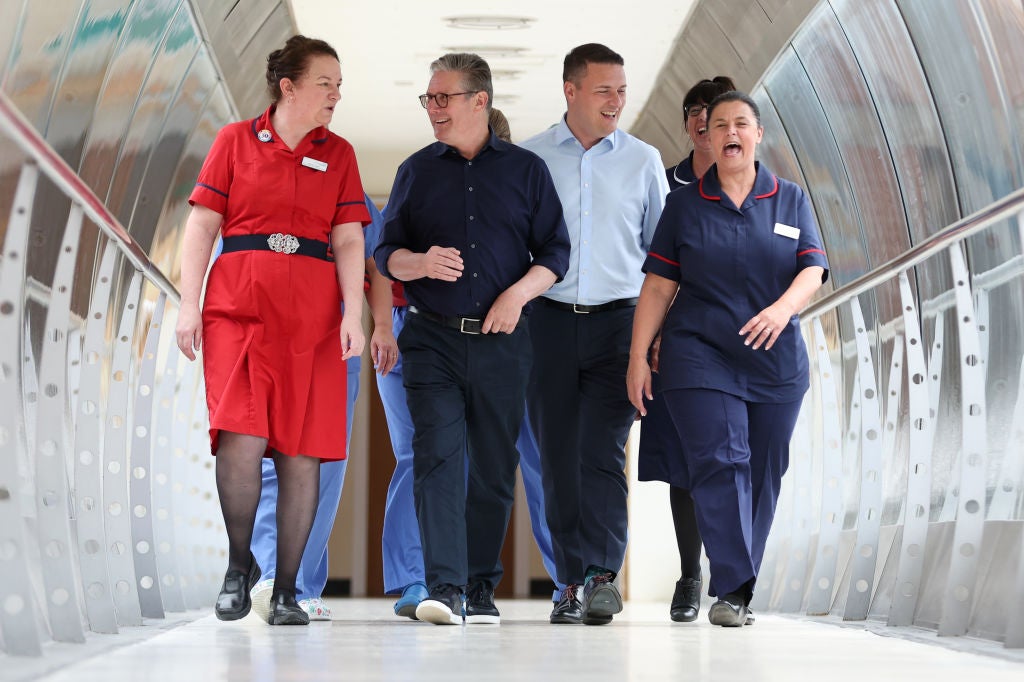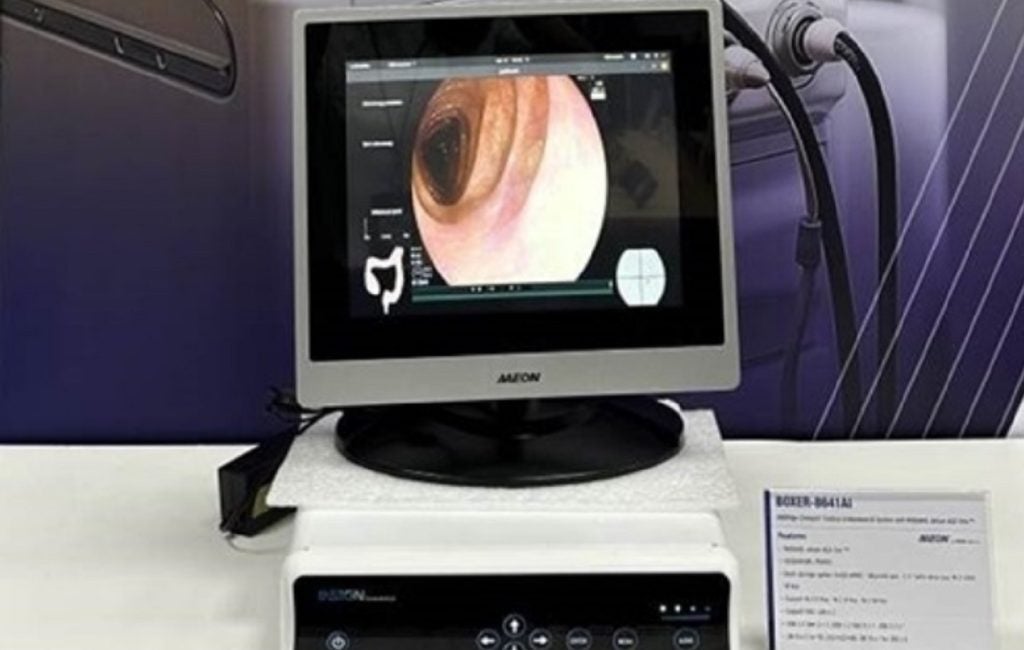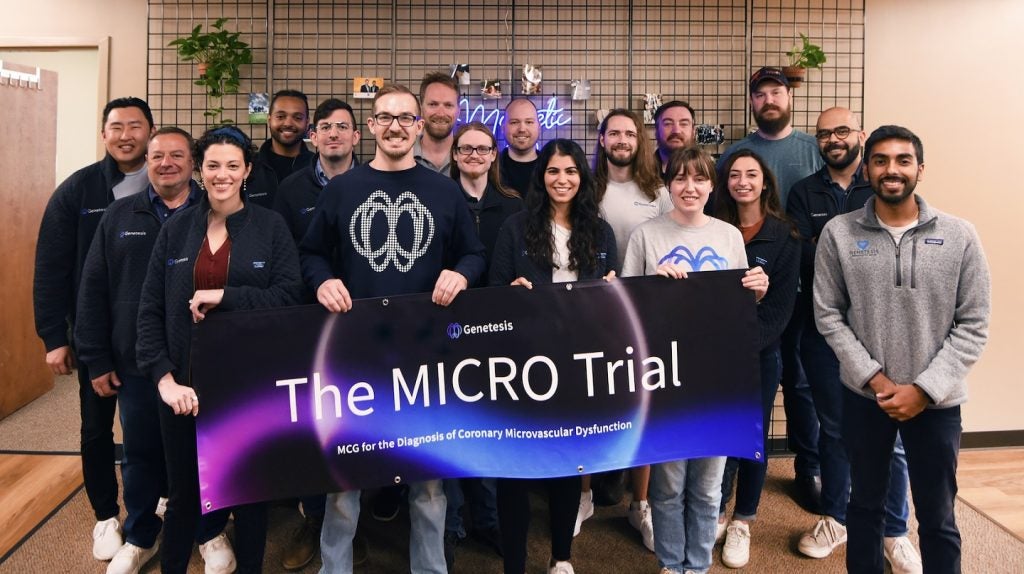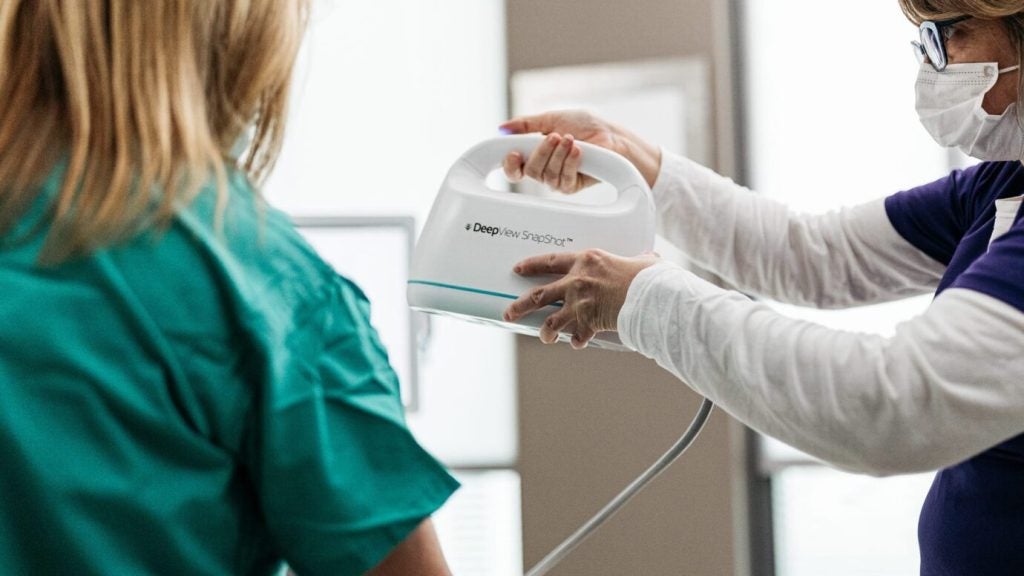Saudi Arabia's King Faisal Specialist Hospital & Research Centre (KFSH&RC) has reported a 98% survival rate for 400 robotic cardiac surgeries performed at the hospital, since programme initiation in February 2019.
The hospital reported that the use of robotics improved patient outcomes, compared to traditional surgical methods.
Robotic surgeries not only reduced blood transfusions and mechanical ventilation time but robotic techniques also cut the length of stay by more than 50%, thereby lowering the costs by 40%, compared to conventional methods.
Robotic surgery may decrease the overall cost of patient stay. There have been studies that report that the cost of conducting the surgery using a robot can be over 50% higher, compared to open surgery, due to the cost of instruments.
Multiple cardiac surgeries, including robotic multi-valve operations and robotic aortic valve replacements, have been performed at the hospital. KFSH&RC has also undertaken robotic procedures on high-risk patients such as children under 18 years of age, patients with morbid obesity and those requiring redo surgeries.
Robotic surgical systems have grown in popularity in recent years. According to GlobalData analysis, the surgical robotics market was worth approximately $7.2bn in 2033. It is expected to have a strong compound annual growth rate (CAGR) of 15.7%, driven by an increased focus on value-based healthcare, which focuses on improving surgical outcomes for patients.
There have been multiple advancements in surgical robotics, such as using 5G for remote robotic surgery. In December 2023, Microbot Medical partnered with Corewell Health to develop telerobotics between remote centres using the Liberty endovascular robotic surgical system. Telerobotics functionality will allow for the surgical procedure to occur without the surgeon's presence at the concerned site.
In November 2023, Johnson & Johnson unveiled plans to submit its OTTAVA robotic surgical system to the US Food and Drug Administration (FDA) for an investigational device exemption (IDE) application status. The planned submission is expected to take place in the second half of 2024 and will be followed by the initiation of clinical trials of the system.
Companies such as EndoQuest Robotics and OmniVision are also working to integrate imaging into surgical robots. In January, the companies partnered to incorporate OmniVision's OCHFA CameraCubeChip image sensor into EndoQuest’s flexible robotic system.















